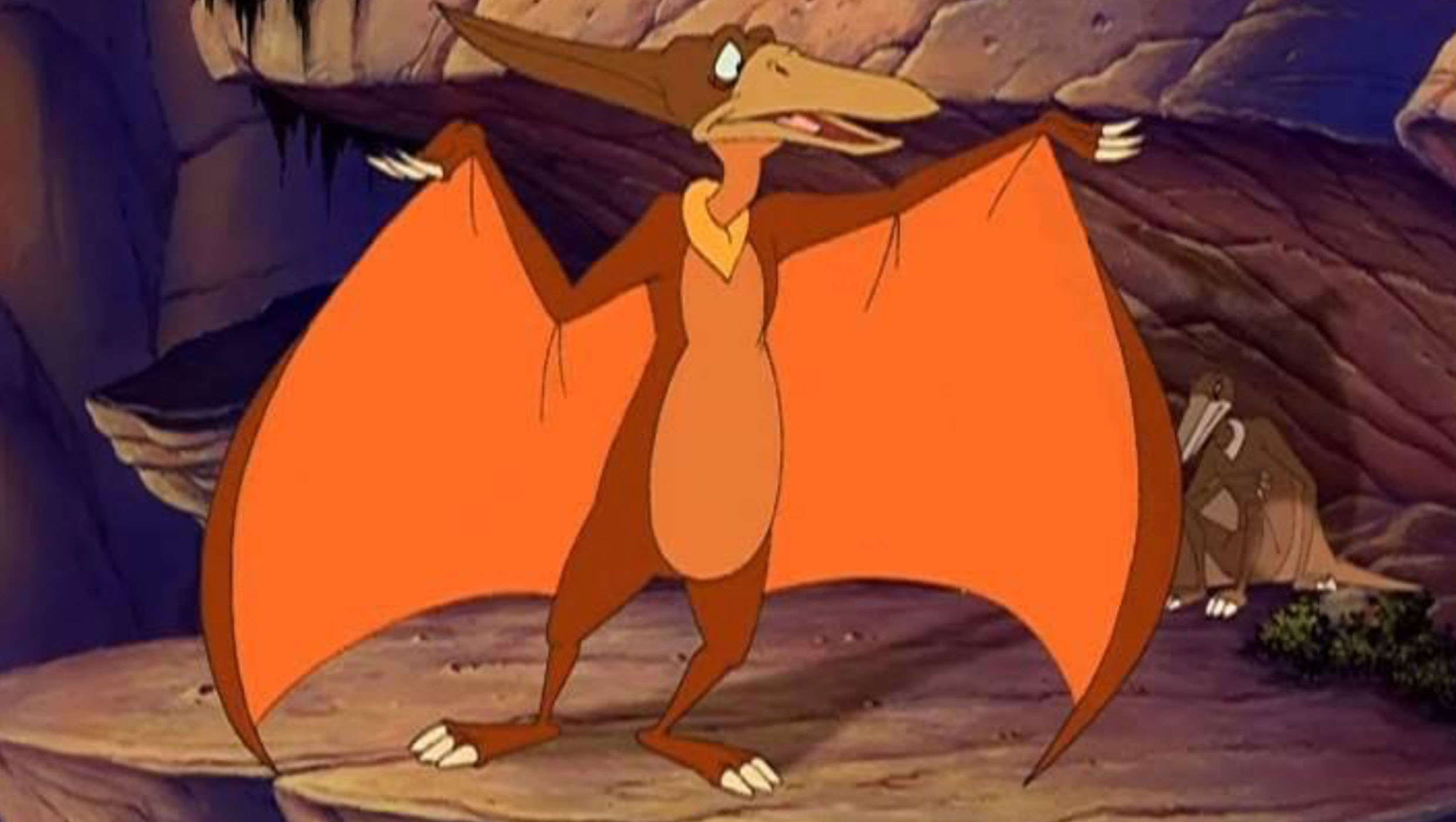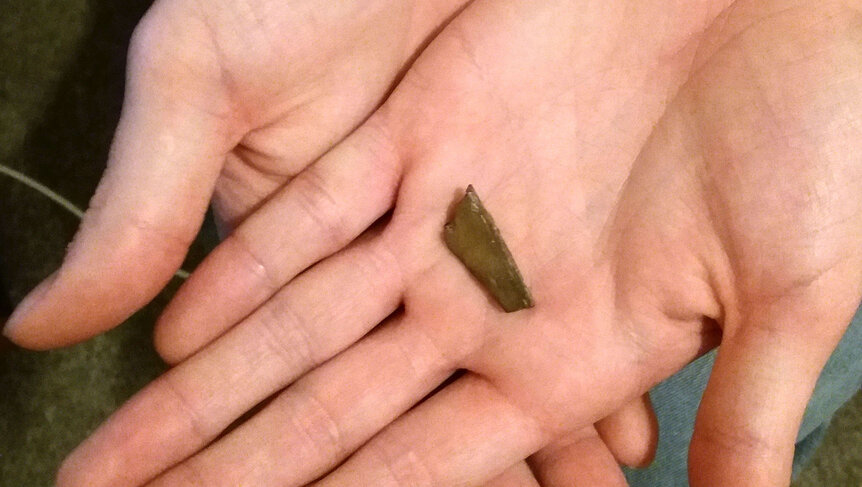Create a free profile to get unlimited access to exclusive videos, sweepstakes, and more!
Mysterious pterosaur fossil passed for a shark until its toothless jaws gave it away

Sometimes you don’t have to go on a fossil dig to discover a new species that has eluded us—you only have to excavate something from an old museum collection.
When a strange and unidentified species of toothless pterosaur flew out of museum collections that had been gathering dust for at least a hundred years, it had been previously mistaken for a shark because its jaw appeared to be a spine from an ancient shark. That isn’t unheard of. Jaws of toothless pterosaurs (some did have teeth) can get mistaken for shark fin spines—but wait. It was almost identified as the known species Ornithostoma until paleontologist Roy Smith noticed some unique features that told him it was something else.
“Paracestracion shark fin spines also have an enamel sheaf over their surface, which pterosaur jaws do not have,” Smith, who led a study recently published in Proceedings of the Geologists’ Association, told SYFY WIRE. “However, this had been abraded off in most of the specimens. There are some subtle differences in bone wall thickness (pterosaur is thinner) and also a special bone texture.”
Smith, a Ph. D. candidate from the University of Portsmouth in the UK, was studying collections from both the Sedgick Museum in Cambridge and the Booth Museum at Bridghton. These fossils had been nearly forgotten about since they were accidentally unearthed by 19th century phosphate miners who, not unlike those who fell into the mining frenzy during the California Gold Rush of 1849, started scouring the English Fens for phosphate several years later. It might have not been gold, but phosphate still meant pay dirt.
Other characteristics that distinguished the pterosaur jaw from a shark fin were tiny holes that allowed nerves to stay close to the surface of the bone. These gave pterosaurs an advantage in sensitivity when it came to seeking out prey. Ornithostoma (which literally means “bird-mouth”), which is what this specimen was thought to be until Smith took a closer look, is thought to have most likely fished or hunted beach-dwelling creatures. Whatever fragments of this new pterosaur that remained were not complete enough to determine a species, but there are some things that set it apart from Ornithostoma.
“The cross-section outline is more equilateral in Ornithostoma and isosceles in the new pterosaur,” Smith said. “The lateral surfaces of Ornithostoma are also convex, but these same surfaces are flat in the new pterosaur. Also, the dorsal margin (top vertex of the triangle) is round in Ornithostoma but much sharper in the new pterosaurs. The angles of the beak are also different.”
While the new specimen is not nearly complete enough for an identity, it probably looked something like Ornithostoma and other toothless pterosaurs that soared over what is now Cambridge. The closest species of pterosaur to whatever the bone came from is believed to be the North African Alanqa that lived during the Late Cretaceous, though not many remains of that flying lizard have been found, either. The Alanqa is thought to have looked something like the warped version of a heron, with a huge neck and head compared its torso, and had enough power in its jaws to crush the shells of the mollusks it fed on.
Smith can at least visualize the unknown pterosaur’s head (not unlike renderings of the Alanqa) with the little evidence he has.
“It likely had a long pointed beak, probably used for precision feeding like a stork or heron,” he said. “But it is quite difficult to say what this enigmatic animal was like, hopefully I will be able to find some more specimens in other collections.”
Too bad it is unlikely any more of this mystery species will emerge from where it was initially discovered, since there are no more exposures of rock in that area, but it could still be hiding in the back room of another museum.




























